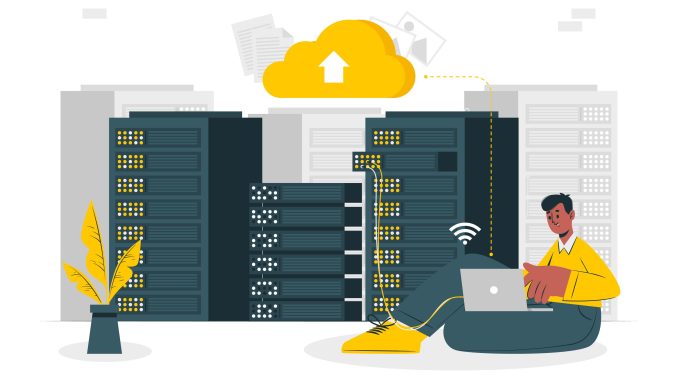
Types of Placement Groups in EC2 (Detailed Explanation with Examples)
📌 What is a Placement Group in EC2?
A Placement Group in Amazon EC2 is a strategy used to determine how EC2 instances are placed within the AWS infrastructure. The placement strategy affects performance, availability, and fault tolerance based on how instances are grouped.
AWS provides three types of Placement Groups:
1️⃣ Cluster Placement Group – For high-performance computing.
2️⃣ Spread Placement Group – For fault tolerance.
3️⃣ Partition Placement Group – For large distributed workloads.
1️⃣ Cluster Placement Group (Low-Latency, High-Performance)
🔹 What is it?
A Cluster Placement Group places EC2 instances physically close to each other within a single Availability Zone (AZ). This minimizes network latency and maximizes network throughput, making it ideal for high-performance computing (HPC) applications.
🔹 Example Use Case
✅ You are running a financial trading application that needs real-time, high-speed data processing.
✅ You place your EC2 instances in a Cluster Placement Group to ensure ultra-low latency.
🔹 Key Features
✔ Best for applications requiring high network throughput (up to 100 Gbps).
✔ All instances must be in the same Availability Zone.
✔ If you launch a new instance later, AWS may not have enough capacity to place it in the same group.
2️⃣ Spread Placement Group (Maximum Fault Tolerance)
🔹 What is it?
A Spread Placement Group places EC2 instances across multiple hardware racks within one or multiple Availability Zones. This ensures that if one rack fails, only one instance is affected, improving fault tolerance.
🔹 Example Use Case
✅ You run a high-availability application (e.g., a critical database cluster) and want to minimize risk.
✅ You place your database instances in a Spread Placement Group, ensuring that each instance is placed on a separate rack.
🔹 Key Features
✔ Instances are placed across separate hardware racks.
✔ Best for small-scale, mission-critical applications.
✔ Limited to 7 running instances per Availability Zone.
3️⃣ Partition Placement Group (Scalability and Fault Isolation)
🔹 What is it?
A Partition Placement Group divides EC2 instances into logical groups (partitions), ensuring that instances in different partitions do not share the same hardware. This is useful for large-scale distributed applications.
🔹 Example Use Case
✅ You run a big data processing application (e.g., Hadoop, Cassandra, or Kafka) that needs fault isolation.
✅ You place your EC2 instances in a Partition Placement Group, ensuring that if one partition fails, the others remain unaffected.
🔹 Key Features
✔ Each partition is isolated from others.
✔ Can span multiple Availability Zones.
✔ Best for large distributed workloads.
📌 Comparison of Placement Groups
| Feature | Cluster Placement Group | Spread Placement Group | Partition Placement Group |
|---|---|---|---|
| Purpose | High performance & low latency | High fault tolerance for small apps | Fault isolation for large workloads |
| Instance Distribution | All instances in one AZ, same hardware | Instances on separate racks | Instances divided into partitions |
| Availability | Risk of failure if AZ goes down | Each instance is on different hardware | Each partition is isolated |
| Best For | HPC, trading, gaming servers | Critical apps like databases | Big data (Hadoop, Cassandra) |
| Max Instances | No limit, but AWS capacity can be a constraint | 7 per AZ | Large-scale deployment |
| Multi-AZ Support | ❌ No | ✅ Yes | ✅ Yes |
🚀 When to Use Each Placement Group?
✔ Use Cluster Placement Group when you need high network performance (HPC, gaming, financial trading).
✔ Use Spread Placement Group when you need maximum fault tolerance for critical applications.
✔ Use Partition Placement Group when running large distributed applications (big data, NoSQL databases).
Would you like help setting up EC2 Placement Groups for your application? Let’s get started! 🚀
